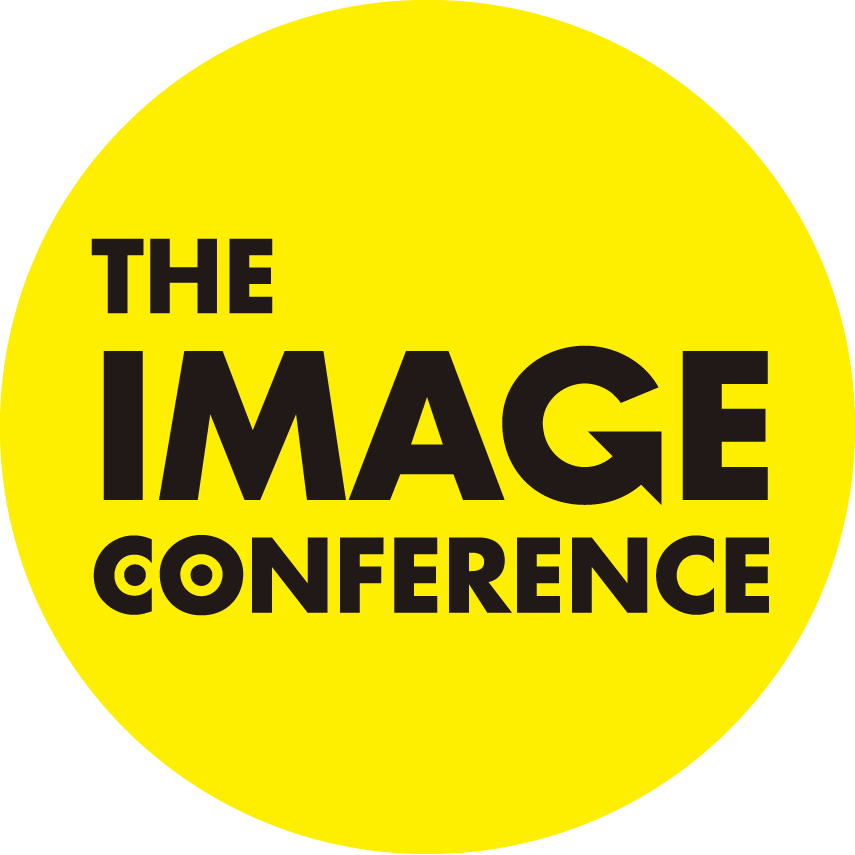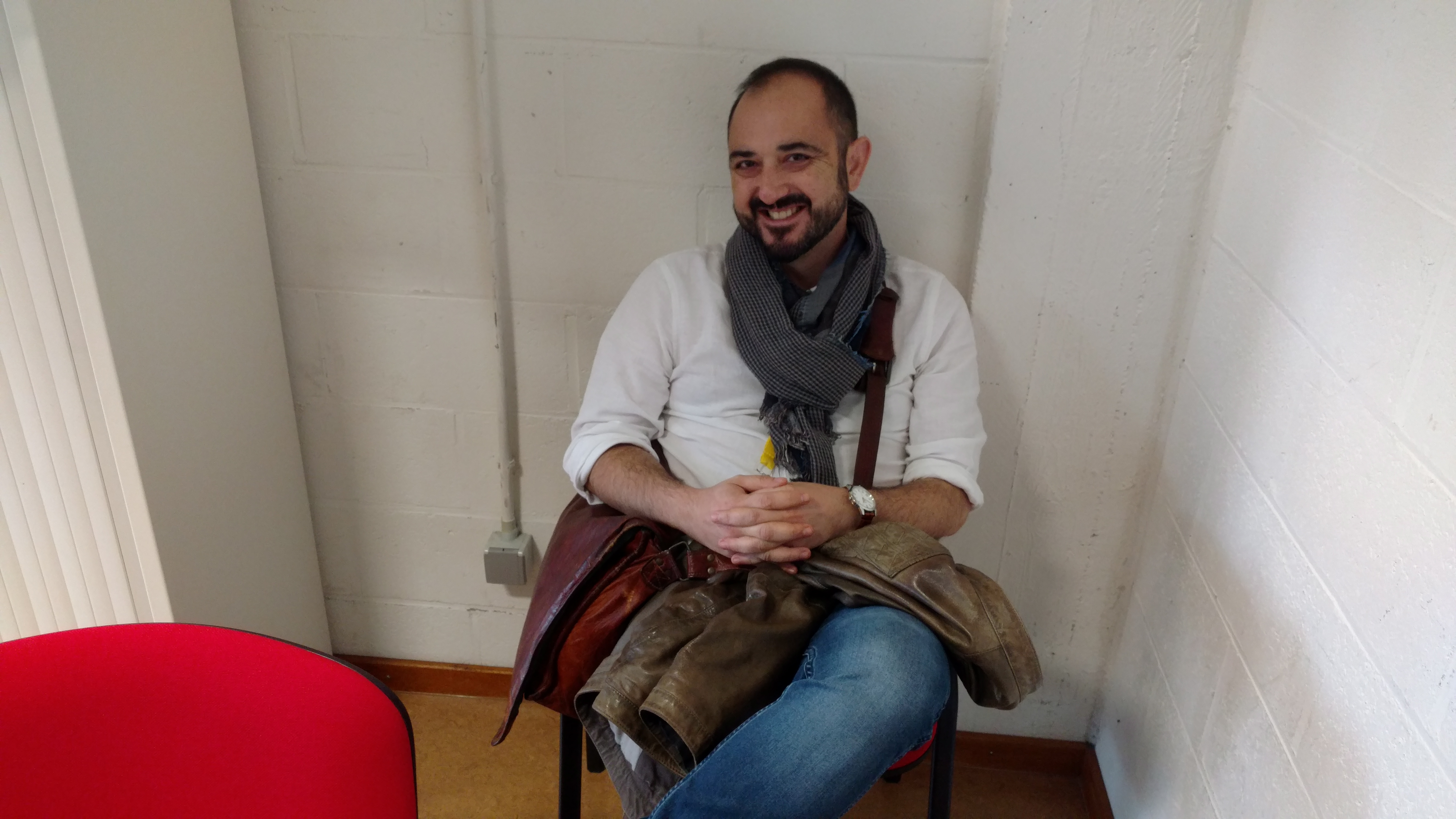Teacher and materials writer answers The Image Conference questionnaire.
Your favourite film/work of art/video game:
Double Indemnity / portraits by Hans Holbein (among others too numerous to mention) / Tomb raider (last and only one I played properly)
.
Your favourite video to use in class:
Who Am I? Think Again Hetain Patel on TED
Useful image-related teaching tool:
Grafitti?
Why are you interested in using images in your classes?
To emotionally engage learners, support discourse and consolidate learning
What should your audience expect to learn?
The importance of narrative intelligence in learning and teaching
What are three words that sum up your session?
Practical, learner-focused, humanising
Which other presenter(s) are you looking forward to seeing?
As many as I can
You can find out more about Paul and his session below.
Paul Dummet (National Geographic Learning)
My career in ELT began in Oxford in 1987, first as a teacher, then DoS, then Vice principal of Godmer House School of English. In 1996, I set up my own school teaching English to professionals which I ran for 10 years, giving it up in 2006 to concentrate on writing full-time. As a teacher and a writer, my aim is to develop materials that are meaningful and thought-provoking – that offer more than just language learning. I seek out projects that offer this possibility. My publications include: Success with BEC (Summertown 2008), Energy English (Cengage 2010) and LIFE (National Geographic Learning (2012).
Picture this! Combining image and narrative
The narrative and the image are powerful tools in learning. In our teaching we too often downplay the importance that narrative intelligence and visual processing have in engaging students emotionally and in helping to make learning more memorable. Partly inspired by my work on LIFE (National Geographic Learning 2013), this talk will look at the concept of narrative intelligence and present practical ideas for combining stories and images to create motivating, effective activities that develop fluency and accuracy, teach vocabulary and recycle language.







